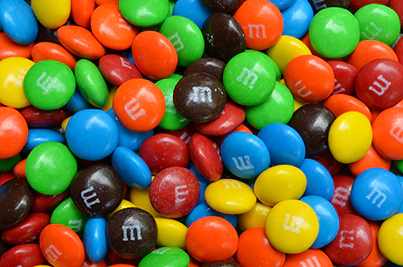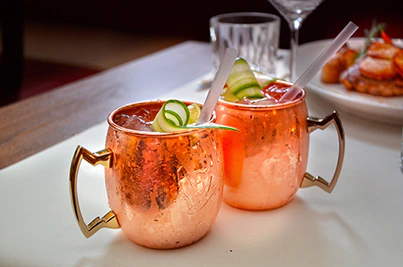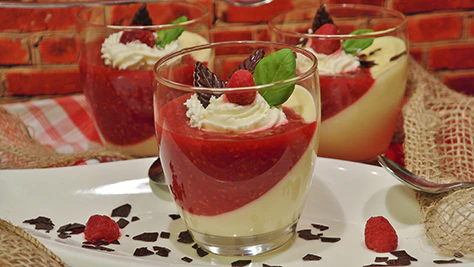| Additive Summary | Allura Red (E129) |
|---|---|
| Essence | Allura Red or E129 is a synthetic azo dye (artificial color) used with the goal of adding a red color to a food, supplement, or medicine and doing so cheaply. |
| Names | Allura Red, E129, FD&C Red 40, Allura Red AC, Food Red 17, CI 16035, INS 129, Food Red No. 40, CAS No. 25956-17-6, Red 40, and others. |
| Sourcing | It’s fully synthetically made. It’s typically prepared from 5-amino-4-methoxy-2-toluenesulphonic acid. |
| Manufacturing | To create Allura Red (FD&C Red 40), the 5-amino-4-methoxy-2-toluenesulphonic acid is turned into a diazo compound (which is something that is likely done by adding hydrochloric acid and sodium nitrite). Then, the compound is combined together with the 6-hydroxy-2-naphthalene sulphonic acid. |
| Application | Coloring (red, very water-soluble). |
| Acceptable Daily Intake | While it is speculated to not cause harm in amounts up to 7 milligrams on every kilogram of body weight, that is a number to fully ignore. The reality is that even in low amounts we shouldn’t ever consume it. |
| Side Effects | Known to be a potent cancer-inducing additive. It can also bring hyperactivity (ADHD) in children, asthma (and worsen its symptoms), obsessive-compulsive disorder, and damage to the brain (neurotoxin), as well as create other negative effects and allergic reactions. |
| Benefits | None. |
| Studies | 210+ studies on Pubmed. 25+ studies on safety. |
| Allergens | None. |
| Diet Restrictions | None. |
| Assessment (As An Additive) |
Seriously harmful. | Category 5 Additive. |
| Products | Allura Red is used in supplements like the RejuviCare Super Collagen, Centrum Silver Men, Centrum Men, and others. Never used as the beneficial (active) ingredient. Can’t be found naturally in foods. Used in processed foods like sweets, soft drinks, various other beverages, cereal, frozen treats, icings, baked products, sauces, spices, dressings, jellies, puddings, dairy products, powder mixes, and others. |



